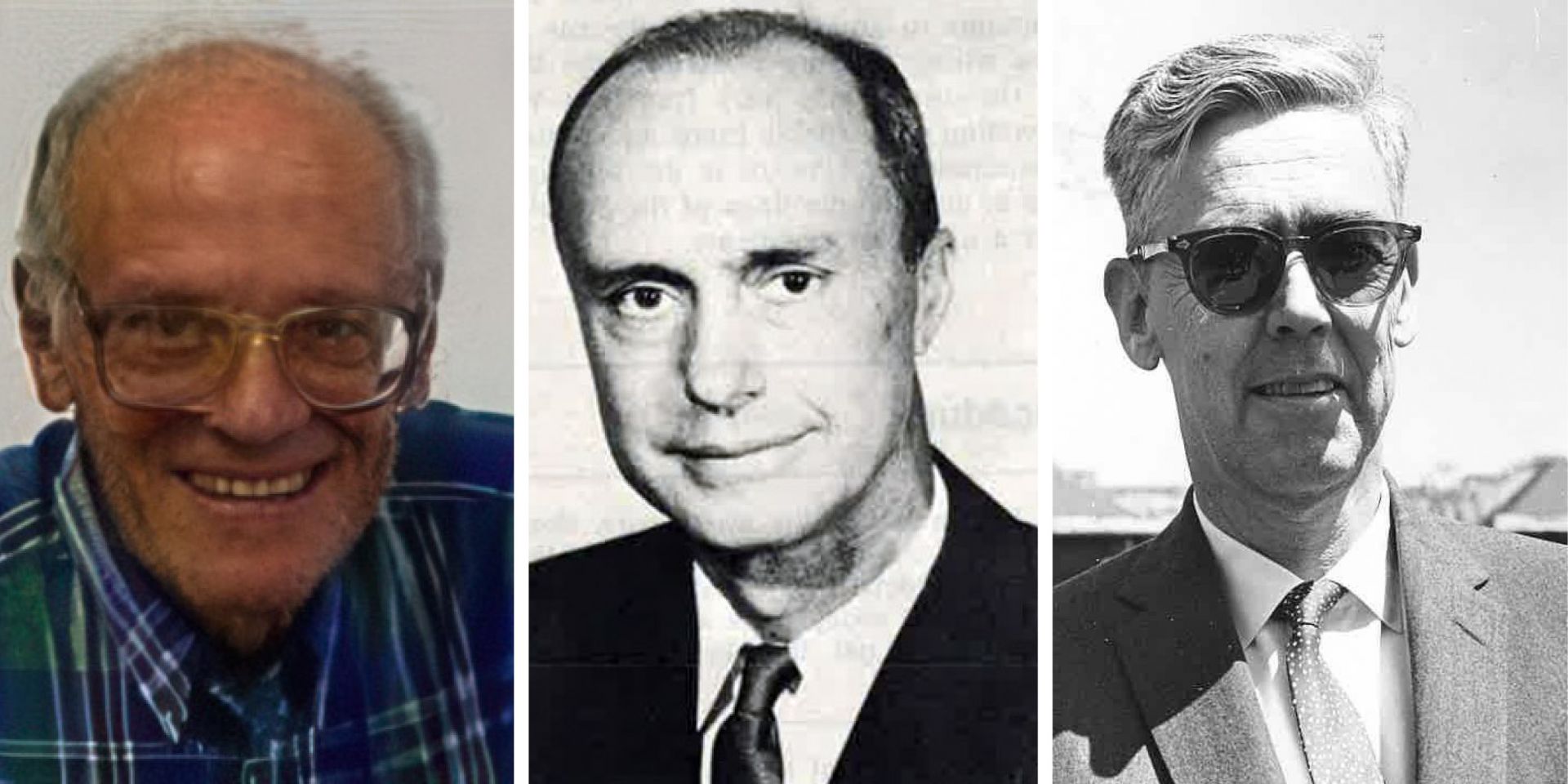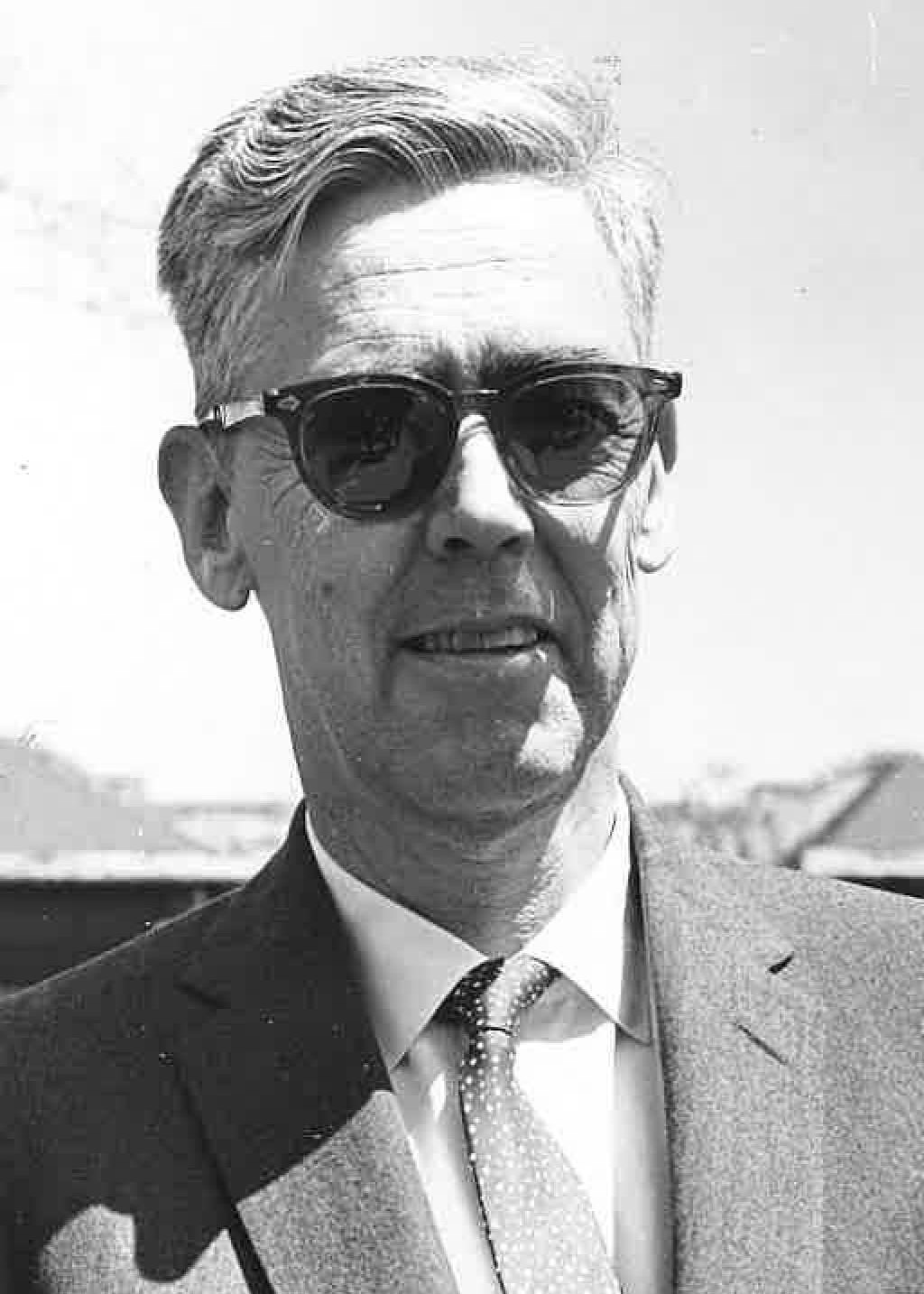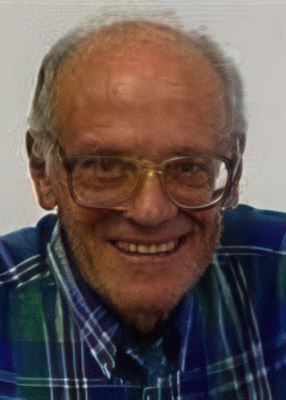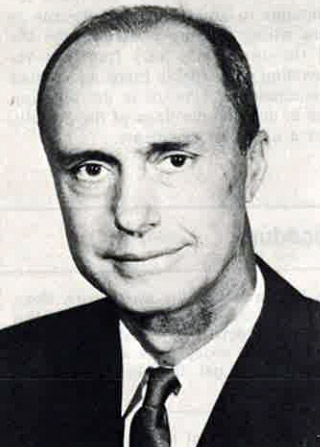Remembering ANS’s overlooked founders: Jerome Luntz, Urner Liddel, and William Breazeale

A trailblazing nuclear trade journalist, a UFO-debunking nuclear physicist–turned–space scientist, and the engineer behind both America’s first licensed reactor and the world’s first nuclear-powered merchant ship: this was the visionary trio who founded the American Nuclear Society 70 years ago.
“The Society, as far as I can make out, actually started out as a gleam in the eyes of Jerry Luntz and Urner Liddel at a conference on nuclear engineering at the University of California in September 1953,” ANS past president Clarke Williams (1963–64) recalled.

Liddel

Luntz
Jerome D. Luntz (1923–2012) and Urner Liddel (1905–1979) “were sort of ruminating over the fact that the secrecy was beginning to come off the nuclear energy developments which had been carefully concealed during the war, that the classified information meetings were something that could be eliminated and information brought out in the open, and further that the mixture of Manhattan Project developments were not adequately represented by any one professional or scientific organization.”
Luntz and Liddel “arrived at the thought that maybe there was a need for a new society that would combine these disciplines in their common interest in nuclear science and energy,” Williams said.

Breazeale
They were soon joined by likeminded pioneers, including William M. Breazeale (1908–1970), Pennsylvania State University’s first professor of nuclear engineering, who was then tasked with constructing America’s first (and still operating) licensed nuclear reactor on campus.
The three men were shaped by their World War II service: Luntz contributed to the Manhattan Project while in the U.S. Army, Breazeale served as Massachusetts Institute of Technology’s Radiation Laboratory liaison for radar at the London Mission of the U.S. government’s Office of Scientific Research and Development, and Liddel headed the physics branch of the Office of Naval Research from 1942 to 1952, where he made headlines by attributing all “flying saucer” sightings to Skyhook balloons.
By 1953, Breazeale was leaving Oak Ridge National Laboratory for Penn State and Liddel was at Bendix Aviation, a manufacturing and engineering company in Detroit. Meanwhile, Luntz was the longtime publisher and editor of McGraw-Hill’s trailblazing Nucleonics magazine.
“Nucleonics was avidly read around the globe,” explained nuclear historian Andres Kabel. “Luntz’s editorials were bold and unrestrained. He was as much a commentator, in the modern sense, as a standard journalist.”
Founding ANS
On December 10, 1953, just two days after Eisenhower’s Atoms for Peace speech, Luntz and Liddel invited a small group of like-minded nuclear professionals to the offices of Nucleonics in the McGraw-Hill Building at West 42nd Street in New York City to discuss “whether the professional needs of nuclear scientists and engineers are being adequately provided for.”
With Luntz as chair, the group named themselves the Interim Committee for the Formation of an Institute of Nuclear Science and Engineering and began surveying the need for a professional society. Breazeale stood in as secretary for Liddel, who was unable to attend.
At a follow-up meeting on March 30, 1954, the advisory group was expanded to 29 members and renamed the Organizing Committee for the Society of Nuclear Scientists and Engineers, which formed various organizing committees.
“It is obvious to all that a great new field of endeavor and growth of American enterprise will occur within the areas delineated by the term ‘atomic energy,’” wrote Liddel in a committee report. “Our concept for the need at this time is for a horizontal organization of various types of professionally qualified people with the unifying force that each of us has an intense interest in the properties and utilization of atomic nuclei.”
Notably, Liddel’s report relayed that “some of us feel extremely strongly that military applications of atomic energy, being a classified area, have no place in a professional society of the proposed type.”
Meanwhile, Luntz penned Nucleonics editorials to criticize government secrecy for stifling nuclear advancements: “The secrecy of technological information is incompatible with the public policy function of a democracy.”
On June 15, 1954, the organizing committee held its final planning meeting at the National Academy of Sciences building in Washington D.C., where a motion was passed stating, “A professional society be formed at this time which would be devoted to the integration and advancement of nuclear science and technology primarily through the holding of meetings and the publication of papers.”
The organizing committee reconvened on October 11, 1954, to carry out that motion. Presided over by Luntz and Liddel, the founding of ANS went smoothly, aside from “a heated discussion of the proper name for the Society.” After a dozen different suggestions and several ballots, the group unanimously adopted the name American Nuclear Society and announced its founding with a 6:00 p.m. press release.
The organizing committee members present at ANS’s founding formed the initial Board of Directors, which convened on January 17, 1955, at the McGraw-Hill Building to incorporate the Society and elect its first officers. Interim chair Luntz was elected as ANS’s first vice president for 1955, while the election of a president was deferred until the first Society meeting in June 1955. The initial officers served only until then, with Liddel serving on the board, as defense work prevented him from continuing as secretary. Breazeale stepped in once more to serve as secretary and was subsequently elected as ANS’s first executive secretary for 1955–56.
After ANS
Breazeale soon became the first person to receive a reactor operator’s license from the U.S. Atomic Energy Commission and later supervised the engineering of the world’s first nuclear‐powered merchant ship, the N.S. Savannah, while serving as nuclear R&D director for Babcock & Wilcox. He was honored with an ANS Fellowship, and both the Penn State Breazeale Reactor and the N.S. Savannah were designated as Nuclear Historic Landmarks by ANS.
Liddel went on to work at the National Institutes of Health and ARPA before serving as NASA’s chief scientist for the lunar planetary program from 1962 to 1967. He then became special assistant to the deputy associate administrator for NASA’s space science division before retiring in 1970.
Luntz’s career as a pioneering nuclear journalist continued; he notably criticized the AEC for fueling the spread of misinformation and panic by delaying acknowledgment of the 1955 partial meltdown of the EBR-1 reactor, stating, “Nuclear accidents are, indeed, everybody’s business.”
Luntz rose to senior vice president at McGraw-Hill and later served as vice president for corporate development at Newsweek. In 1989, he cofounded Luntz, Suleiman & Associates Inc., a consulting and investment banking firm.

